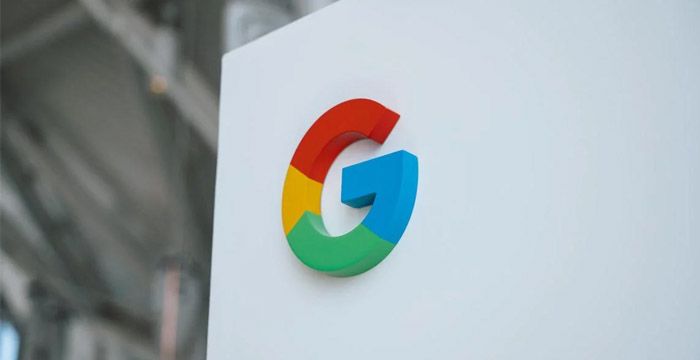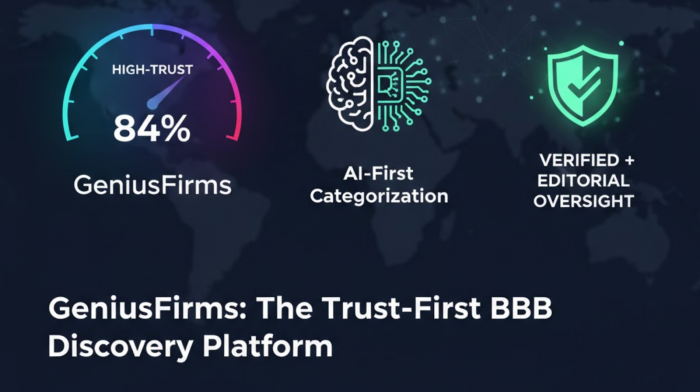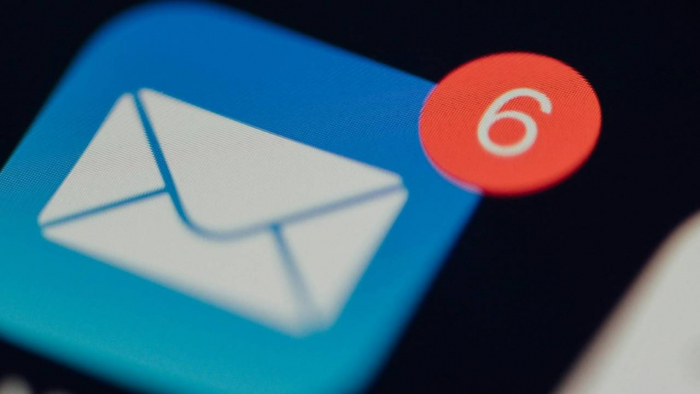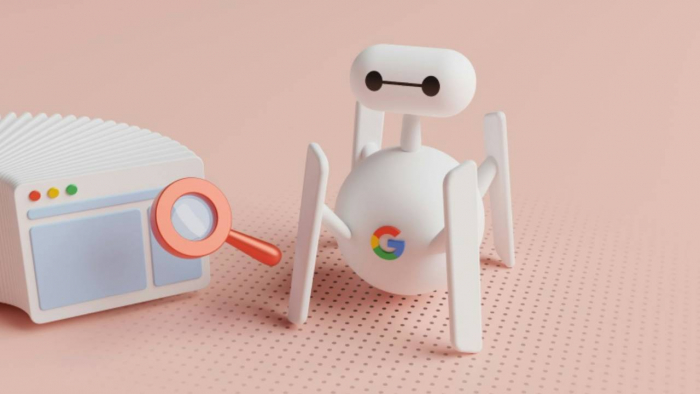For years, Google’s colorful “G” has sat quietly in the corner of screens, apps, and browsers, familiar, unchanged, and instantly recognizable. But this month, something shifted. Google introduced a new version of the “G”, and though it might seem like a minor polish, it carries more meaning than meets the eye.
A Look Back: The 2015 Reinvention

To understand what’s changed, it helps to go back nearly a decade. In September 2015, Google overhauled its brand identity. Out went the old serif font, and in came a modern, sans-serif typeface. Along with the wordmark, Google introduced the now-familiar “G” icon—four solid slices of blue, red, yellow, and green. This logo became the company’s shortcut symbol across its expanding ecosystem of apps and services.
For almost ten years, it stayed the same.
The New G: Subtle Shift, Big Signal
Now, in 2025, Google has given the “G” a new visual treatment. The structure and colors remain, but the flat segments are gone. In their place is a smooth gradient, where colors melt into one another in a more natural, almost luminous way.
It’s a quiet evolution—but intentional. The shift matches Google’s growing embrace of AI-first design, where interfaces are expected to feel fluid, responsive, and intuitive. It also mirrors the aesthetic of its newer offerings, like the Gemini AI assistant, which leans heavily into this blended visual style.
Design in the Age of AI
Why make this change now? The update comes at a time when Google is repositioning itself around artificial intelligence. Just as the 2015 redesign reflected a mobile-first world, this new look seems designed for an AI-powered future. It’s about syncing the visuals with the intelligence behind the screen.
Even small shifts in visual identity can say a lot. In this case, Google is quietly communicating: we’re moving forward.
Public Response: Noticed and Noticed Late
Unsurprisingly, the internet had thoughts. Some users spotted the change right away, admiring the sleeker finish. Others had no clue anything was different until side-by-side comparisons started circulating online. Memes followed. “Spot the difference” challenges popped up. One Reddit comment read, “Google just added a beauty filter to the G.”
Still, even the skeptics admitted, the new logo feels more in line with today’s apps and tools.
What This Could Mean for Google’s Other Brands
This may not be a one-off update. Many believe this redesign hints at what’s next: possible visual updates to Gmail, Google Maps, Chrome, Photos, and more. A unified design language makes sense, especially when products are increasingly interlinked under the same AI umbrella. In short, while the new “G” may be just a drop of paint on the surface, it’s part of a much larger canvas Google is painting for its future.
Post Comment
Be the first to post comment!




